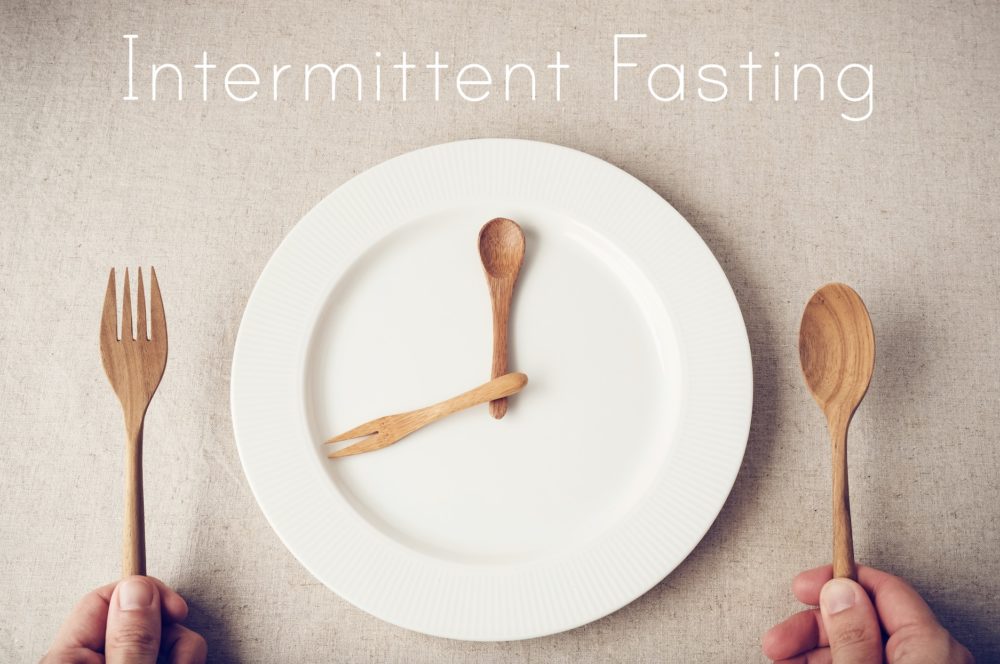Traced back to Ancient Greece, fasting is still practiced by many cultures and religions today. But the recent surge in popularity stems from IF’s beneficial effects on weight. While there are several ways of incorporating IF into your lifestyle, the premise is the same: restricting the time during which food is consumed. This is also known as “time-restricted eating”. Let’s look at the benefits and variations of IF.
Benefits of Intermittent Fasting
- Weight and Fat Loss
- Reduction in insulin resistance
- Reduction in oxidative stress
- Reduction in inflammation
- May help reduce the risk of developing Alzheimer’s and other diseases
- May be beneficial for heart health
Different Intermittent Fasting Protocols
- 16/8 – eat during an 8 hour window
- 20/4 – eat during a 4 hour window
- 24 hour fast
- 1 meal a day
- More extreme fasting protocols
- 36-72 hour fast
- Extended fasting
- Fasting Mimicking Diet
One of the simplest ways to implement IF is the 16/8 IF protocol where you fast for 16 hours a day and eat during the remaining 8. This protocol is easy to follow and sustainable, particularly for those following Keyto because of the satiating effects of a high-fat diet. It’s as simple as that. You can adjust the feeding window to suit your schedule and it doesn’t have to be exact. In fact, studies show IF benefits start around the 12 hour mark so if you happen to eat slightly earlier, you’re still getting most of the benefits!
IF is particularly popular among keto enthusiasts because of the relative ease of fasting for 16 hours. Also, because of hormonal changes, it can make getting into ketosis or boosting Keyto Levels much easier. Reductions in blood glucose and insulin puts ketosis in overdrive! Some favor IF because it allows for larger meals during the feeding window, which results in enhanced satiety and satisfaction. Others like it because it gives you time back without having to eat every 3-4 hours.
What you should not do, however, is engage in longer fasting protocols purely to lose weight. They should only be used to reap the associated metabolic and psychological benefits. They are NEVER recommended for those with a history of eating disorders, underweight or pregnant subjects, or people with certain medical conditions like Type I diabetes. While prolonged fasts can be beneficial, they should be implemented under the supervision of a trained medical professional. Electrolyte abnormalities and the effects of some medications can lead to dangerous consequences if not taken into account.
Starting IF is easy, but consider some of the following tips to make the transition as safe and enjoyable as possible.
Setting Yourself Up for Success with Intermittent Fasting
- Pick a sustainable IF protocol for your lifestyle
- Ease into the 16 hour fast; start with 12 hours and work your way up. Most people skip breakfast after 8 hours of sleep. You’re halfway there already!
- Drink plenty of water to stave off hunger. Black coffee is also great
- When you do eat, make sure you get enough calories consistent with the Keyto Program
- Portions still matter on IF – just because you haven’t ate for awhile does not mean you should overeat.

